Growing Material Solutions
We’ve been exploring just what it means to “Reach Carbon Zero” within the built environment, which by and large means a reassessment of the materials we use and the processes involved in producing them. There has undoubtedly been a move toward more sustainable practices as well as connecting more directly with nature – or at least plenty of discussion around the subjects – but what is actually happening in the world of design?
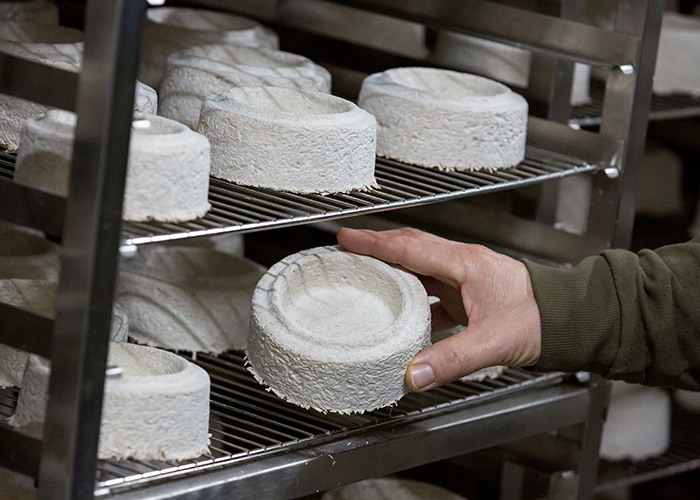
Bio-based materials are increasingly being experimented with and developed as alternative to existing carbon-creating offerings, which includes the harnessing of organic matter such as algae, seaweed and cellulose something we covered in another recent article. Another naturally sourced material that many designers have turned their attention to is mycelium; the root-like structure of fungi. It seems that what was once a thing from the imagination of Sci-fi may yet become a common element of our day-to-day lives as mycelium is increasingly grown to create products and surfaces of all kinds.
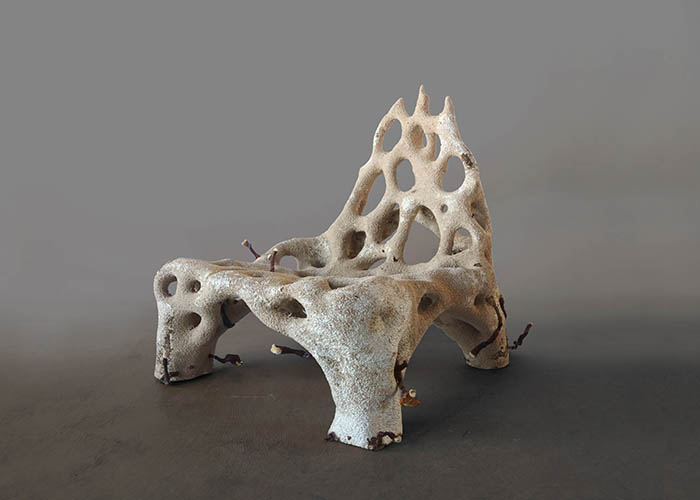
Mycelium Chair, Photo Credits Klarenbeek Dros
Whilst seaweed has been the recent focus for Dutch design duo Klarenbeek and Droos, they have a long history of working with mycelium and can indeed be considered pioneers of the materials application within a design context. They began experimenting with it back in 2011 and were the first to develop the technology to 3-D print with the living substance, creating an alien-like chair that has since been acquired by the Centre Pompidou. The mycelium itself actually acts like a glue that binds other organic waste, which once dry, has similar properties to cork or wood. Producing products as a biomass in this way also means they have a negative carbon footprint whilst creating no waste in the process. But the duo also want to take things one step further by localising manufacturing of such 3-D printed mycelium products, and in Holland at least, there is a densely populated network of maker spaces whereby design files can be sent and made in close proximity to the client.
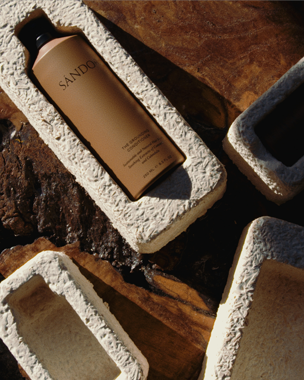
Sandor, MycoComposite, Credit -Ecovative
As is often the case, such innovative material development is fairly common place in Holland, something that Evocative and biotechnology brand GROWN Bio are testament to. The former was set up by Eben Bayer and Gavin McIntyre back in 2007 when the idea to grow materials was sparked during an “Inventor’s studio” class whilst studying at the Rensselaer Polytechnic Institute. Now a multi-award winning company they started by creating MycoComposite, which is now one of their standard products within the portfolio. It consists of upcycled agricultural waste that is once again binded by grown mycelium and can be used for a number of different applications, from packaging to building materials. The beauty of the material is that at the end of its life cycle it can be broken down and composted, making it an ultimate cradle-to-cradle option.
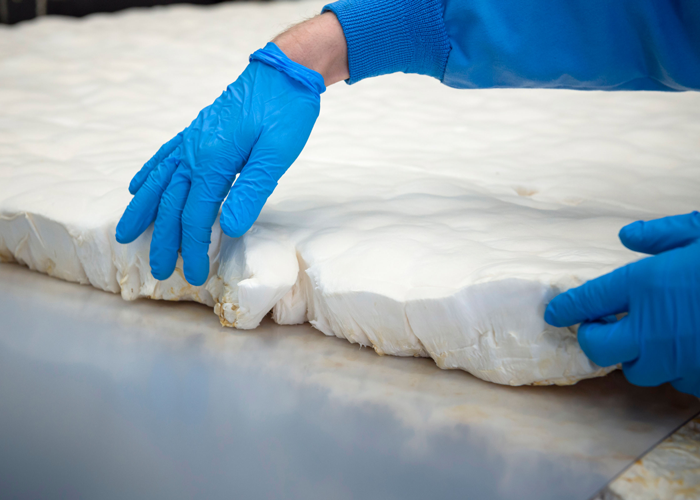
AirMycelium Harvest, Credit-Ecovative
More recent developments in the companies industrial scale vertical farms have also led to innovations in flexible materials that offer viable alternatives to foam and even leather. By carefully guiding the geometrical growth patterns of mycelia, AirMycelium technology allows for variations in density and thickness in the final material, and in the form of the new Forager Foam ranges, also offers the same positive thermal and insulative properties that oil-based foams do, without any of the same environmental issues. Equally, the leather finishes are not only a sustainable, vegan alternative but still look and feel like a traditional hide or plastic version.
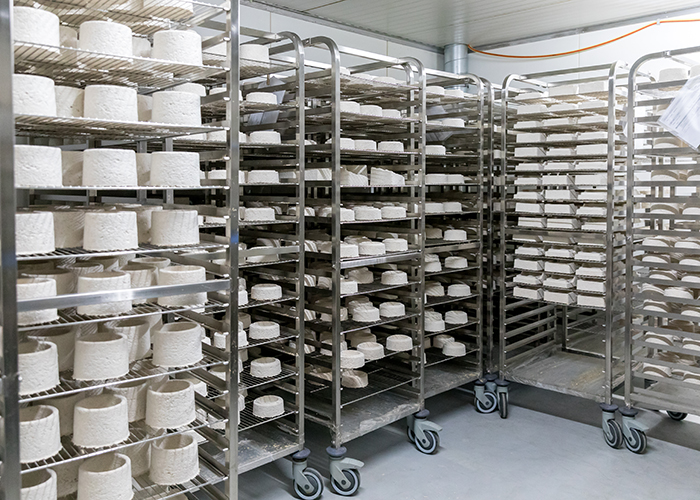
Such is the pioneering success of Evocative that they even license the technology to other biotechnology brands, such as GROWN bio, so that they too can produce safe and sustainable materials. Given the versatility of the material itself, GROWN bio specialise in making the most of its potential, creating moulds of all shapes and sizes with almost limitless possibilities available – GROWN bio has even made surfboards from it. What’s more, they create the reusable moulds with a renewable biopolymer that can be shredded and reprinted endlessly. And even though mycelium demands time to grow, Evocative’s fine-tuned technology means that the lead time between the mycelium, water and local agricultural waste going into the mould and the final product coming out is only a week or so.
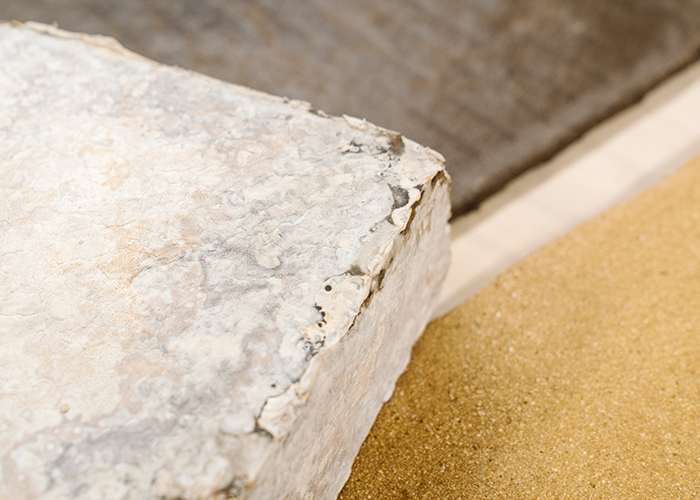
Here in the UK, multi-award-winning research and development-led biomanufacturing company Biohm are creating mycelium products of their own. The interest in letting nature inspire design is equally shared by their team, whose passion for biomimetics is again fuelling a circular economy model that produces human-centred design. By placing biological systems at the heart of their work they intend to revolutionise the construction industry, replacing carbon-heavy materials and processes with grown mycelium, as the team explains:
“The collection represents the close-knit collaboration between ‘maker’ and ‘matter’, where both are enticed to have a relationship filled with compromise and respect. Our products strive to shed light on the circular economy, where resources are infinitely recirculated and value systems are challenged.”
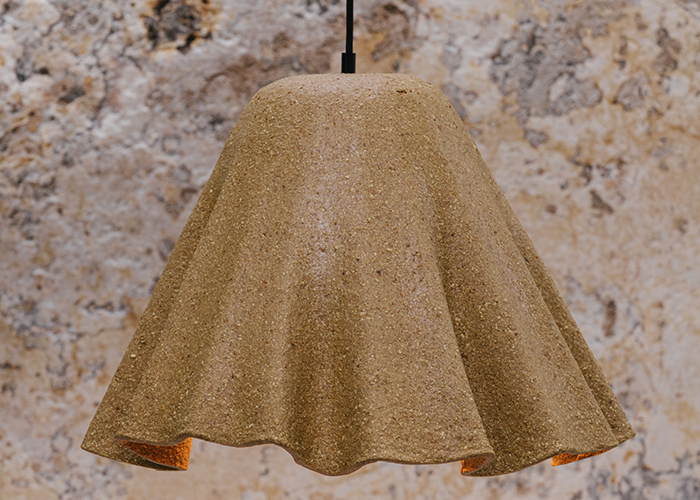
Once again, the 100% natural and fully biodegradable end product takes in excess resources and by-products in the manufacturing process as well as capturing carbon, rather than omitting it. That process is done on demand and by hand at their South London base where they operate a closed loop system whereby no waste is generated when making products. They include architectural acoustic panels, a collection of lampshades and even organic artwork. To add to this, the team are also set to release a new form of architectural panel created from waste orange peel.
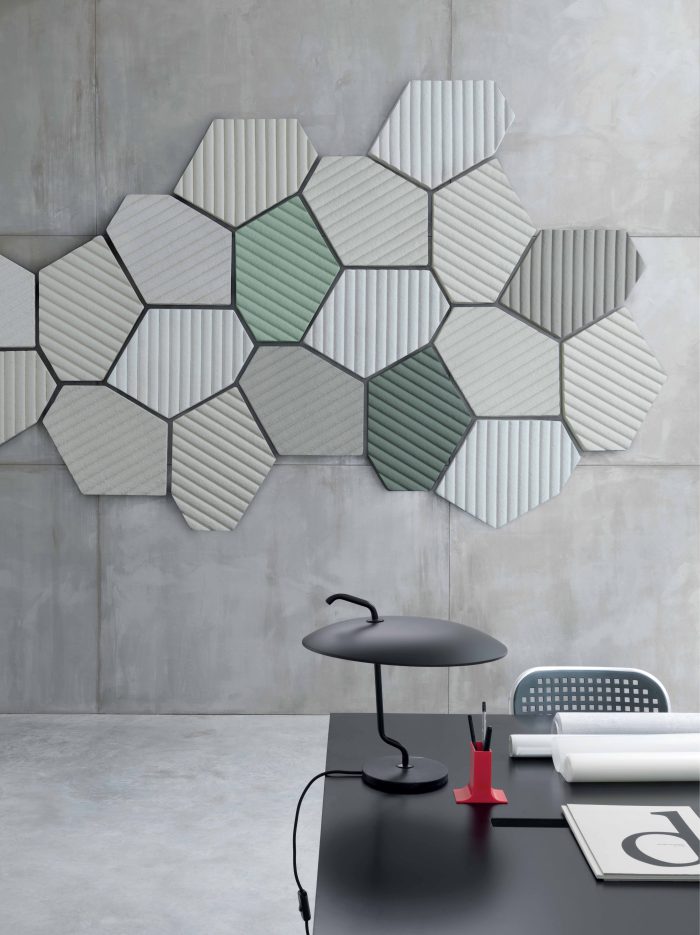
Mogu – Radical by Nature – Acoustic Mycelium Panels
American brand Mogu has honed in on the acoustic properties of mycelium and adapted the growing process so that the fungus root covers upcycled textile waste. The soft , foam-like material has a velvety surface finish and the ability to mould 3-D shapes means that it absorbs and diffuses sound. But the innovation doesn’t end there, because the team has also devised a way to colour the panels, creating a beautiful interiors palette in the process. As such, colour, shape and pattern all come into play when designing with the products, alongside the assurance that they are fully sustainable and improving the sound quality within a space.
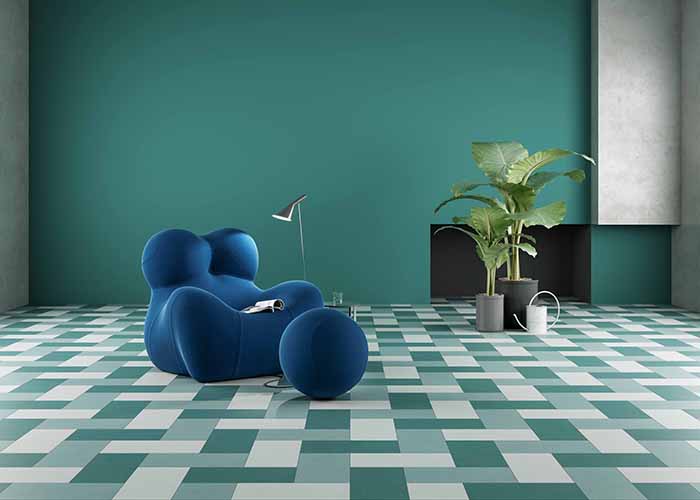
Mogu – Radical by Nature – Floor Tiles
But the team were not content with only focusing on walls and ceilings and have now produced a mycelium-based flooring range. The floor tiles utilise a mycelium board for the base, which again includes biomasses such as corn, rice, straw and coffee grounds, that are then coated with a tough bio resin embedded with natural pigments. However, the stylish colour palette does not entirely obscure and therefore detract from the natural materials within, meaning the mycelium, which was grown entirely naturally, can be celebrated within the design. Just as it should be.




